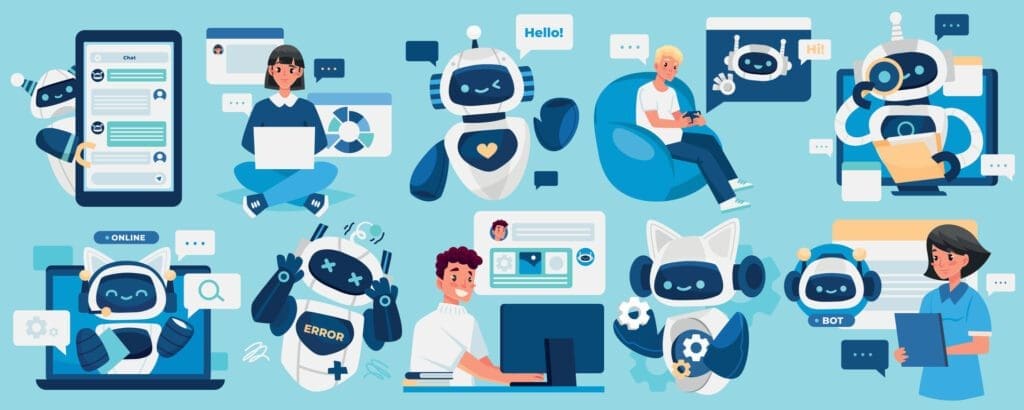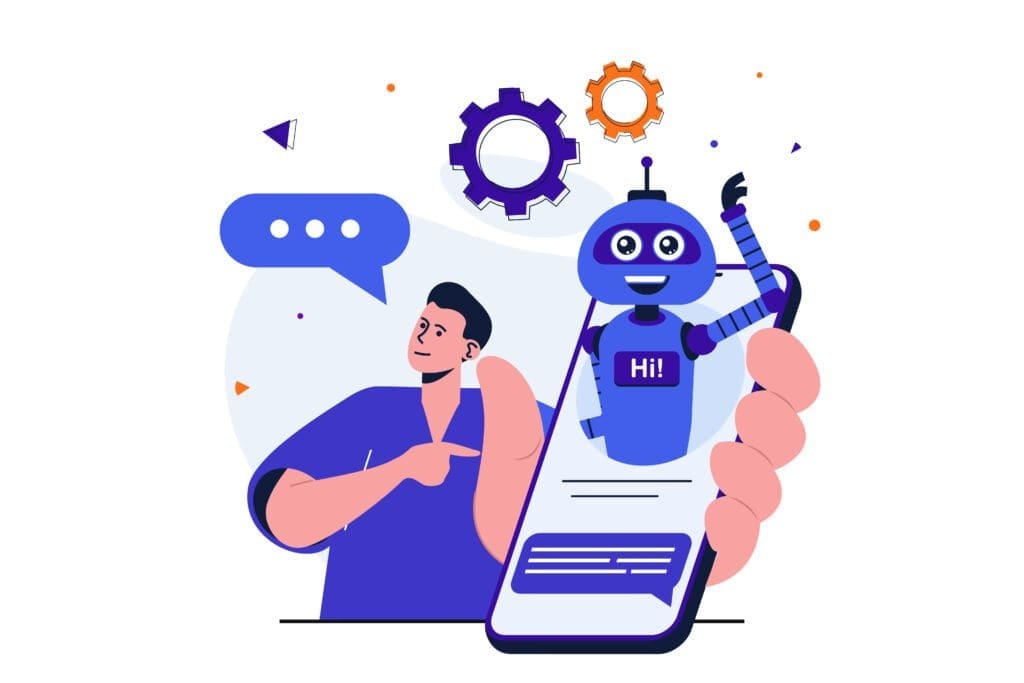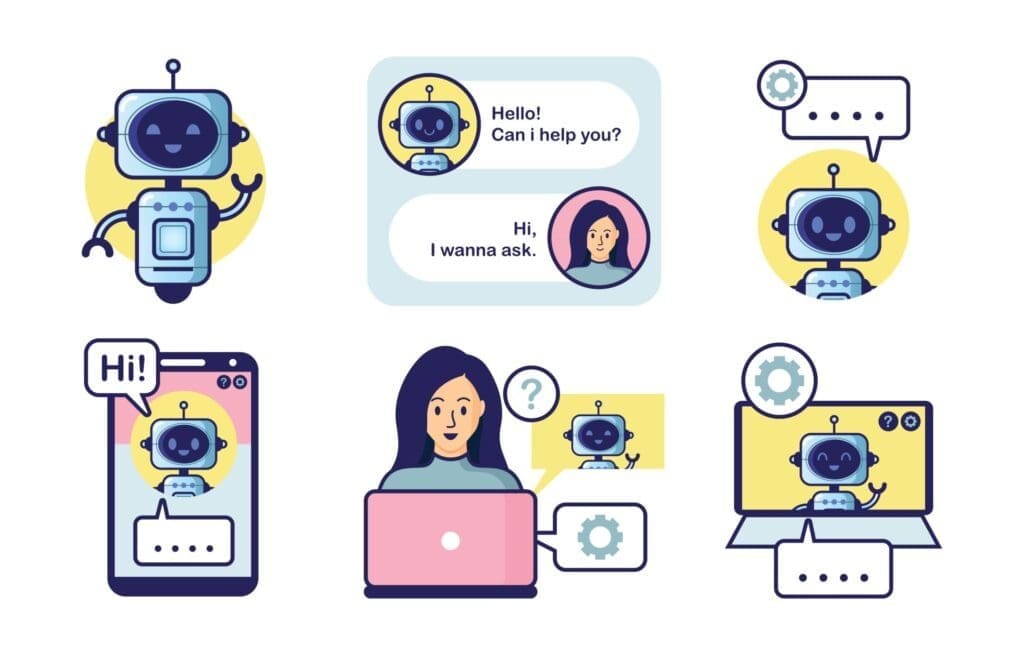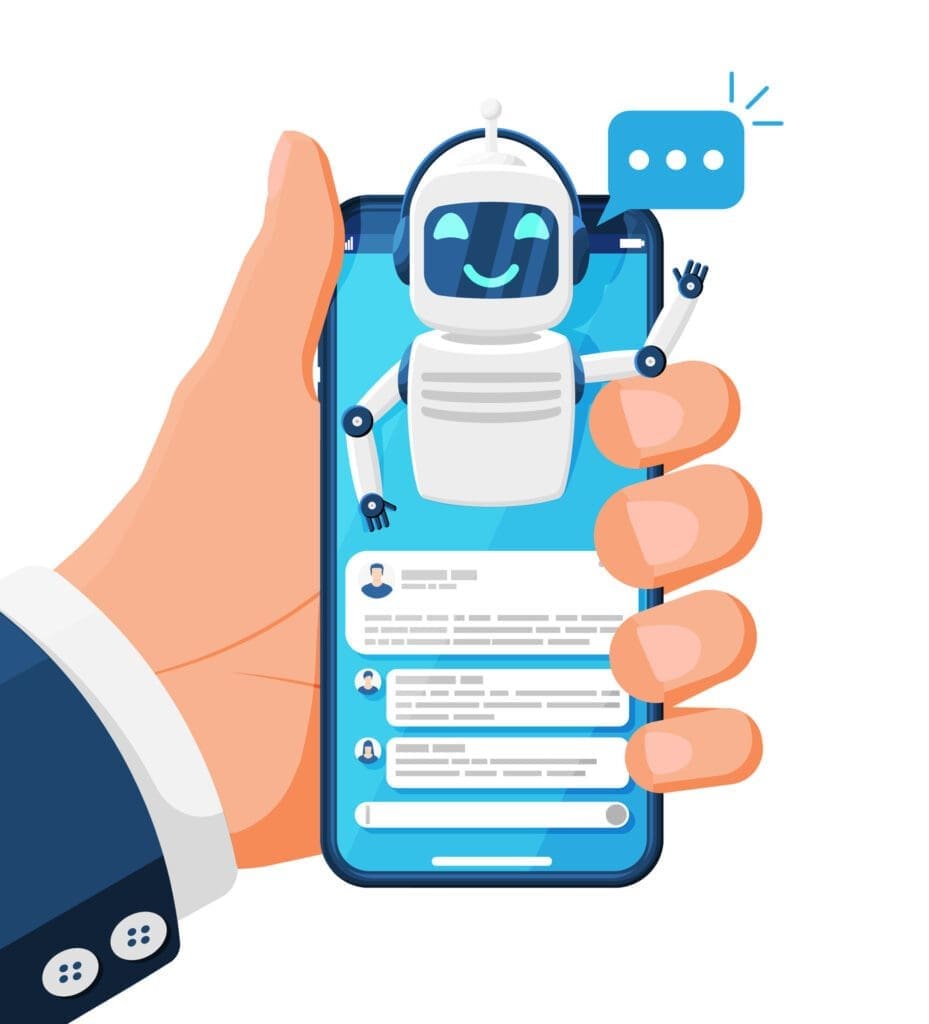Robotic assistants have become deeply integrated into our daily lives in the last 15 years. They promise a new age of convenience and optimization. These technological marvels can recognize voices, understand commands, and their artificial intelligence even predicts user needs. However, beneath their promising exterior lie some important limitations.
Robotics has advanced in healthcare, education, and home environments. Yet several critical challenges prevent these machines from reaching their full potential. The biggest problems include high original costs, privacy concerns with AI-powered systems, and technical constraints. These issues continue to block widespread adoption.
This piece explores the hidden technical limitations that often cause robotic assistant failures. You’ll learn about everything from sensor accuracy problems to artificial intelligence shortcomings. Once you understand these challenges, you’ll better appreciate why these sophisticated machines sometimes fail to meet our expectations.
Core Technical Limitations

Sensor accuracy remains a core challenge in developing robotic assistants. These machines depend on multiple sensor types to understand their environment and complete tasks. Environmental elements like dust, moisture, heat, and electromagnetic interference can substantially affect how well these sensors perform.
Robotic assistants also struggle with processing power limitations. Complex sensing, localization algorithms, and path planning need extensive computational resources. To name just one example, some robotic systems operate with four separate computing units – Intel NUC, Nvidia Jetson AGX Xavier, Raspberry Pi, and an embedded PC with Atom processor.
The environment creates more complications for sensor systems. Robots have trouble with unreliable sensor performance and motor plant function in uncertain conditions like cave exploration or deep ocean operations. Search capabilities and motion drift suffer when robots encounter obstacles and boundaries in their path.
Battery life and power management create equally important constraints. Autonomous Mobile Robots (AMRs) must balance power-hungry tasks like lifting and transportation with the power needs of onboard sensors. Several factors determine the operating time between charges:
- Distance traveled
- Payload power consumption
- Cargo mass
- Robot attachments such as tilt trays or robotic arms
Computing operations, sensor data acquisition, and locomotion mechanisms consume most of the power. Task execution time and clock frequency determine how much energy computing operations use. Robots must carefully manage their energy resources, especially when charging access is limited.
Harsh conditions put extra strain on power management systems through radiation exposure, vibration, and temperature changes. These environmental factors reduce battery performance and affect how reliably power flows through robotic systems.
Artificial Intelligence Shortcomings

Physical robots find it hard to keep up with artificial intelligence advancements.
Natural Language Processing Failures
Modern robotic assistants don’t deal very well with simple speech recognition and language processing tasks. We used statistical analysis as the foundation for even the most sophisticated language processing AI algorithms. These systems excel at converting speech to text and mapping commands, in spite of that they fail to understand the simple concepts behind the words they process.
Context Understanding Limitations
Moravec’s paradox highlights one of the most important challenges – tasks that humans find simple, like pouring coffee, turn out remarkably difficult for robots. More than that, these machines handle abstract computations well but face major difficulties with simple sensory and motor functions that humans take for granted.
The key limitations in context understanding include:
- They can’t process incomplete or ambiguous requests
- They have trouble handling dynamic ground situations
- They can’t understand emotional nuances
- They can’t interpret sarcasm and implicit meanings
Learning Algorithm Constraints
Reinforcement learning, the backbone of robotic behavior generation, has notable restrictions. The process just needs extensive trial-and-error, which makes it computationally heavy. These systems often fail when they encounter unfamiliar scenarios or deal with unexpected changes.
Current AI implementations rely heavily on narrow artificial intelligence, which excels in specific tasks but lacks genuine understanding. This core limitation stops robotic assistants from adapting to novel situations without explicit programming. The lack of true comprehension becomes obvious especially when you have scenarios that need nuanced decision-making or emotional intelligence.
Hardware Design Challenges

Physical constraints and manufacturing complexities create the most important challenges when developing reliable robotic assistants. Hardware-related problems affect long-term performance and reliability.
Mechanical Wear and Tear
Robotic systems’ moving parts face constant stress from friction, vibration, and impact. The effectiveness of joints, motors, and end-effectors gradually decreases, which leads to less accuracy and possible malfunctions. Gear backlash, a common mechanical problem, causes errors in position control and creates unwanted vibrations. The backlash range changes over time because of material degradation and environmental factors.
Component Integration Issues
Electronic and mechanical component integration creates unique challenges. Counterfeit electronic parts pose a serious risk because they malfunction and have programming errors. Robots need different components – sensors, actuators, and processing units – to work together smoothly. Hardware-software compatibility problems often surface during integration that weren’t visible in original planning.
Maintenance Requirements
A robot system’s longevity depends without doubt on proper maintenance. Robots need inspection every 6,000 servo-hours according to maintenance schedules. A well-laid-out maintenance program has:
- Daily checks of sensors, optics, and mechanical units
- Monthly inspections of power systems, drivetrains, and end effectors
- Quarterly examination of joints, wiring, and software systems
- Annual replacement of batteries, grease, and worn cables
Environmental factors shape how often maintenance is needed. Moisture, dust, and excessive heat can speed up component deterioration. Regular inspections help detect these problems early and prevent unexpected breakdowns while extending the robot’s operational life.
Software Architecture Problems

Software architects face unique challenges that go beyond simple programming when building reliable systems for robotic assistants. These systems are complex and need a detailed look at multiple technical aspects.
System Integration Complexities
Robotic assistants need integration with existing systems to handle components of all types—sensors, actuators, and control systems. Compatibility issues surface when different software platforms and communication protocols come together. Modular systems provide flexibility, but the process needs specialized knowledge and detailed vendor support.
The biggest problem lies in creating uninterrupted communication between components. Teams must handle sensor data processing, control systems management, and human-machine interfaces effectively. Companies that implement robotic systems struggle to optimize operations while managing these complex integrations.
Update Management Difficulties
Robotic assistant software updates need careful planning to avoid operational disruptions. Atomic updates are a vital part—each update must either complete fully or not start at all. The process faces several roadblocks:
- Compatibility with existing hardware components
- Risk of system breakdowns during updates
- Need for specialized debugging capabilities
- Requirement for immediate parameter tuning
Keeping up with software patches is significant because outdated software can damage robotic components. This challenge grows when teams update multiple units at once.
Security Vulnerabilities
Security issues are the most critical challenge in robotic assistant software architecture. Studies show that 60% of cyberattacks happen because teams don’t update applications properly. Robotic systems with increased connectivity face various cyber threats.
Cloud integration and IoT connectivity make the security landscape more complex. Security experts have found critical flaws in industrial robots that stem from poor protection measures. These security gaps let unauthorized users access systems, steal data, and create physical safety risks.
Companies must build resilient security measures, including encryption, access controls, and regular security audits. Protecting sensitive data and operational integrity needs constant alertness. Threat actors continue to develop sophisticated methods to attack robotic systems.
Conclusion
Robotic assistants still face many challenges that limit how well they work, even with their sophisticated technology. These limitations exist in many areas, from simple hardware constraints to AI shortcomings.
Manufacturers still grapple with physical constraints such as sensor accuracy and battery life. The robots’ struggle with natural language processing and understanding context shows the wide gap between human and artificial intelligence capabilities.
The durability of hardware creates another significant barrier. Component wear and regular maintenance needs affect reliability over time. The complexity of software architecture also brings constant integration and security issues.
Robotic assistants show promise but they’re nowhere near achieving human-like capabilities. Their current limitations remind us how complex it is to create truly autonomous systems. A clear understanding of these constraints helps everyone set realistic expectations and shapes the future development of robotics technology.
The success of robotic assistance depends on understanding these technical limitations during design and implementation. This knowledge enables developers and users to make better decisions about robot deployment while keeping their inherent constraints in mind.
FAQs
Q1. What are the main technical limitations of robotic assistants?
Robotic assistants face several key limitations, including sensor accuracy issues, processing power constraints, and battery life challenges. They also struggle with natural language processing, context understanding, and adapting to dynamic environments.
Q2. How do hardware design challenges affect robotic assistants?
Hardware design challenges primarily involve mechanical wear and tear, component integration issues, and maintenance requirements. Moving parts gradually lose effectiveness, integration of various components can lead to compatibility issues, and regular maintenance is crucial for longevity.
Q3. What are the artificial intelligence shortcomings in robotic assistants?
AI shortcomings in robotic assistants include difficulties in natural language processing, limited context understanding, and constraints in learning algorithms. They often struggle with interpreting ambiguous requests, understanding emotional nuances, and adapting to unfamiliar scenarios.
Q4. Why is software architecture a problem for robotic assistants?
Software architecture poses challenges due to system integration complexities, update management difficulties, and security vulnerabilities. Integrating diverse components, managing software updates without disruptions, and protecting against cyber threats are ongoing challenges in robotic assistant development.
Q5. How do these limitations impact the effectiveness of robotic assistants in real-world applications?
These limitations significantly impact the effectiveness of robotic assistants by reducing their ability to perform complex tasks, adapt to new situations, and interact naturally with humans. They also affect the reliability, security, and long-term operational efficiency of these systems in various real-world settings.



















































